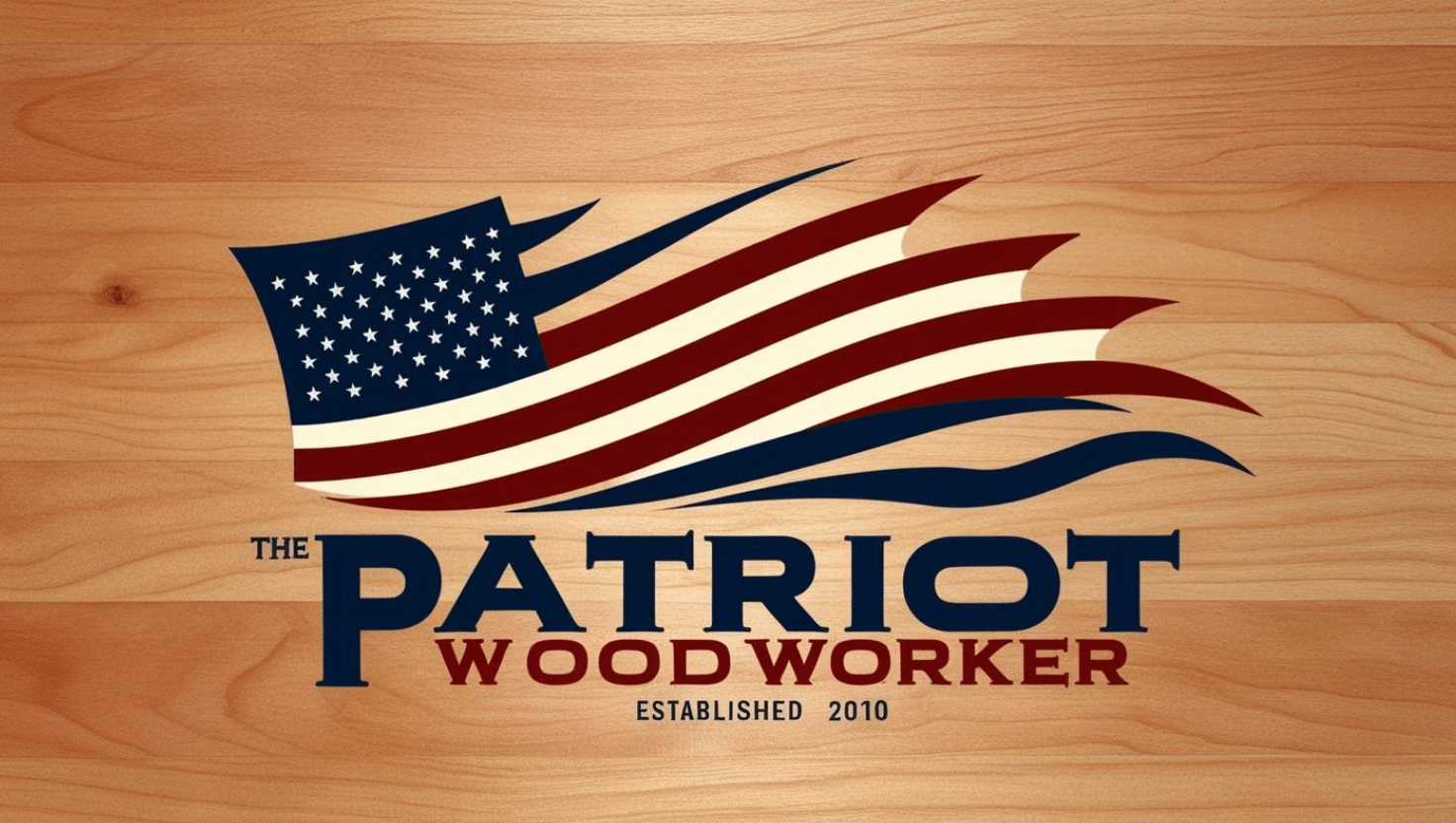Search the Community
Showing results for tags 'details'.
-
From the album: Walnut Night Stand
Back view, showing the armrests, and the slats for the back. Back rung is a store-bought 7/8" dowel. Finish is two coats of Witch's Brew ( Pumpkin Pine?). The "bench" in the background is my Saw Bench, now over 2 years old.- 2 comments
-
- nightstand
- walnut
-
(and 2 more)
Tagged with:
-
So I've been doing some experimenting this morning with grip lines in pen barrels. I put them in before I sanded the barrels how ever learning things the hard way I wound up sanding them mostly all the way back down and had to put them back into the wood. I'm wondering if there is a much easier way of doing this and I'm also wondering if there is a simpler way of getting the lines equal. I like the look fortunately these were just test pieces so they wont even get put together into a pen. Any suggestions on this? Here is video of exactly what I did.
-

Part 5:
lew posted a blog entry in The Pastor’s Table or I Think My Sister Is Trying To Buy My Way Into Heaven
Part 5: As “Norm” used to say- “We’re gaining on it now.” Time for the first dry fit to make sure all the mortice and tenons fit together. Had to futz with a few of the tenons but overall everything went together nicely. You can see why I’m limited to the size of my projects. This is the only assembly space available- add clamps around a piece and things really get tight. There were still a few more things left to do with the apron and shelf supports. I wanted to carry the chamfer detail along the bottom of each piece. Router table took care of that. The shelves need to be secured to the frame. I decided to use wooden “clips” and a dado in the stretchers The “clips” are cut from an “L” shaped piece of poplar I made a long blank for the clips and then just cut off about 1 ½” piece. I drilled an oversized screw hole through the thicker section (oversized to allow for expansion/contraction). The thinner part slips into the dado on the back of the stretchers and screws thread into the underside of the shelf. The astute observer will notice the mistake in the pictured blank. The wood grain is running parallel to the blank length. The little tabs (fitted into the dados) will snap off as soon as any pressure is applied. Not sure where my mind was when I cut this, anyway, I made new ones with the grain running perpendicular to the blank length (just forgot to take a picture). The final bit of frame construction was to create a way to mount the butcher block top. The frame (with 2 shelves) will weigh in at close to 100 pounds. If the completed table is moved, lifting it by the top, quite a bit of stress will be applied to the connection between the top and frame. It took me a while to come up with an idea that solved the problem. I added three cross supports that were dovetailed into the side aprons. The dovetailed supports were let into the apron using blind dovetail techniques. I used a trim router to hog out the majority of the materials. Then I chiseled out the remaining material. The dovetail shape, in addition to glue and screws at each dovetail location, will provide enough support to keep the top from breaking free of the frame. Finally, l drilled oversized holes thru the cross supports to receive 1/4" lag bolts to connect the frame to the top. Now to tear it all apart to work on the shelves! -
Down to the detail work now.....clamped the two parts together, and planed, and sanded them to at least look like they matched just about every toy sitting there was used. Finally got all four sides done...I think. Spread around some of that SMELLY BLO to act as a seal coat.. Not a top coat, just something to seal the wood up. As for the sides? This will be the hunge side, and the "right" end of the box.....the "Latch" side? Or..it might be the other way around. Not sure just yet. Decided to just have a single bead, as two would have been a bit too "busy".....now I need to go out and get some hinges, and a latch... Waiting on the BLO to cure out, and quit smelling the shop up....




